Pocket watches have been my favorite style of watch for as many years as I can remember. It’s something about the simplistic complexity and refined elegance that makes them such an attractive timepiece to me. Not to mention that it makes me feel like a train conductor everytime I put on one.
My first pocket watch was an heirloom Waltham pocket watch handed down the line from my great grandfather. I still wear it to this very day.
The History of the Pocket Watch
Initially known as Nuremberg watches in the early 16th century, the first timepieces that transitioned from clocks were somewhere between the size of a mantle clock and a pocket watch. They were worn around the neck as a necklace or fastened to the attire of the gentleman in possession of it. Shaped like a cylindrical drum and then rounded like an egg, the brass boxes that told time were quite detailed and ornate. Rather than having a crystal or glass face, they would have a hinged cover made of slivered brass which allowed the iron moved hour hand to be viewed without having to actually open the watch.
By the mid seventeenth century, the Nuremberg Eggs were transforming in size and men began wearing them in their pockets. After the invention of screws in 1550, it became easier to produce smaller varietals of watches and they’ve only become smaller since.
The first known pocket watch came to be in 1675 when King Charles II of England introduced a new concept of waistcoats that featured pockets perfectly designed to fit most pocket watches. Despite pocket watches existing prior to 1675, they were normally worn outside of the pocket due to sharp edges of the pockets. Glass had been used in lieu of the slivered brass since around 1609 and the watch fob was introduced as the Fuppe in Germany.
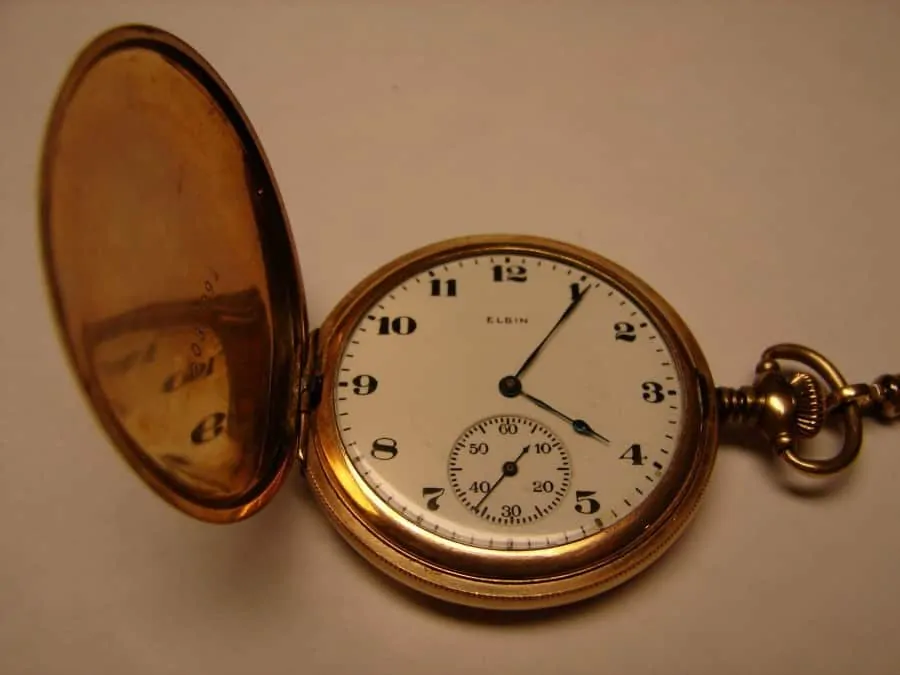
As the pocket watch began to evolve, they were widely considered luxury items until the mid 19th century when American made pocket watches became mass produced with Waltham and Elgin at the forefront of the American watch industry. Despite the watch becoming more common, there were still so-called “classes” of pocket watches just like in any industry. The American made watches were superlative but reasonable, the Swiss watches were handmade and expensive, and there were watches developed for the lower incomes as well, granted, these were of far less quality. Most of the inexpensive watches were made for sailors and therefore had ship scenes roughly painted in bright and bold colors on them as a way to distinguish them from the more expensive variants.
Until the early 1700s, all the movements were based around the verge escapement which had been used in large clocks back in the 14th and 15th century. It used friction with no jewels which caused it to run fast, losing an hour or more each day. However, despite these inaccuracies, they still proved to be superior to anything else a gentleman could wear in his pocket. By the mid 1700s, the cylinder escapement was invented and by the beginning of the 19th century, the lever escapement had made its entrance into the world of horology after being invented by watchmaker Thomas Mudge in the latter part of the mid 1700s.
Once the level escapement was created, a small group of watchmakers including Breguet introduced it and using the escapement, could keep far more accurate time, often losing just minutes in a day. To this very day, the level escapement is the most widely used style of mechanical watch since it’s public inception in the 1820s.
By the 1860s, the American watch industry was running the game, with companies like Waltham and Elgin at the forefront of watchmaking ingenuity. Waltham introduced the Model 57 which was capable of using interchangeable parts which helped to curb the manufacturing costs of pocket watches.
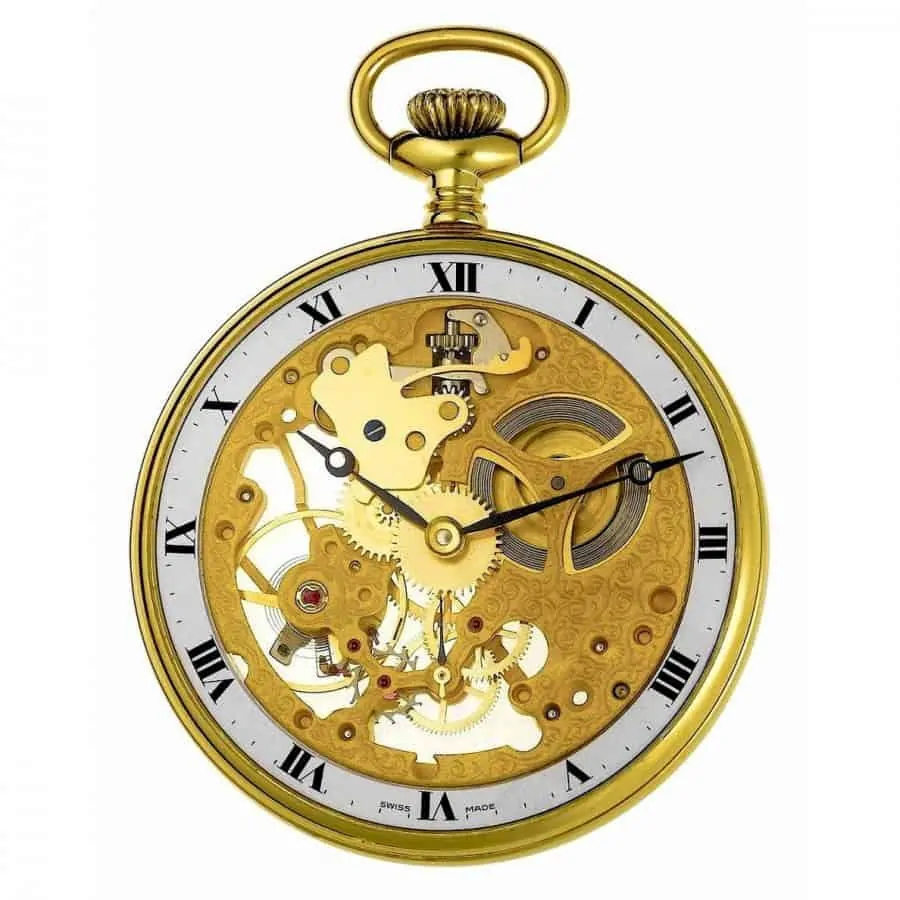
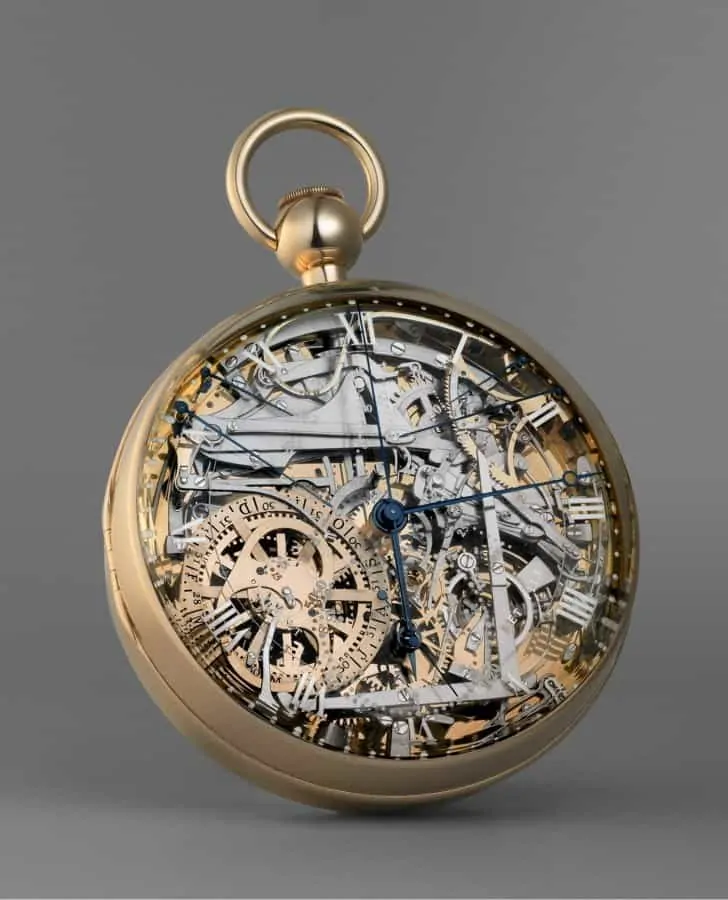
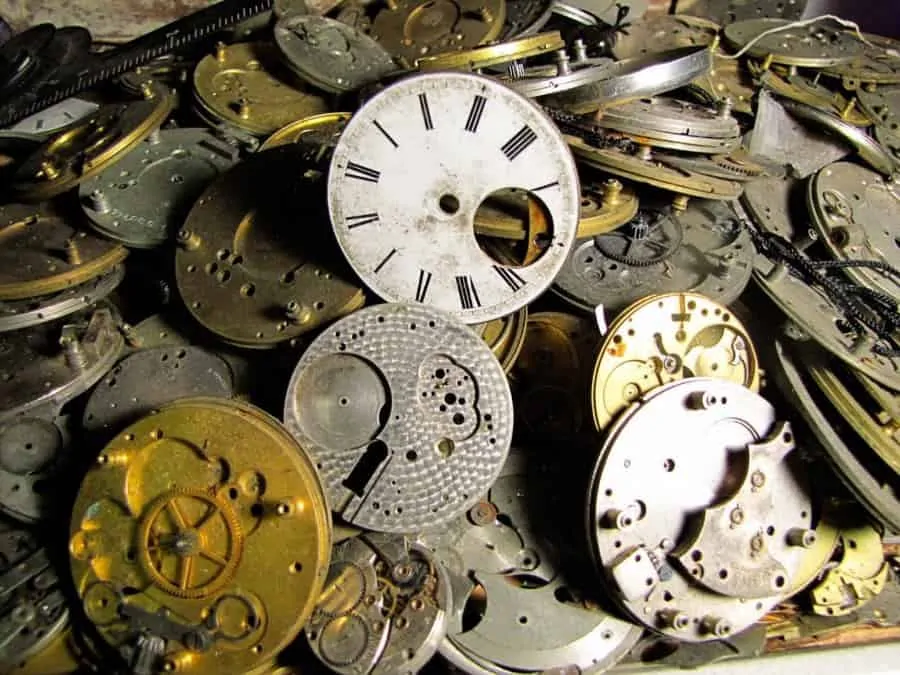
With the development of new machinery that was capable of making the watches, the American Watch Company, which is also Waltham, was able to make in excess of fifty thousand watches every year, which greatly surpassed that of any other watch manufacturer. What really set them apart was the quality; with each watch being superlative to that of most handmade, and even, mass produced timepieces.
The watches were precise, they were practical and they were resplendent. It was this holy trinity that made Waltham the dominating company that was able to make inexpensive watches with a high degree of quality – something most consumers appreciated. Certainly, the beauty of their watches was matched and beaten by that of the Swiss manufacturers like Breguet, but their precision and accuracy was unmatched.
As the railroad industry began to take flight, the latter part of the nineteenth century led to the widespread popularity and use of pocket watches. In fact, the pocket watches produced by companies like Waltham and Elgin were so precise, they made the conductors on-board systems look rudimentary. Some trains even used the pocket watches and soon these timepieces became a standard for the industry. They were so popular amongst conductors, that the term “railroad” and “conductor” watches were coined.
While the watch industry helped the railroad industry, it was actually the railroad that helped to increase the precision of the pocket watch. On April 19, 1891 a world famous train wreck took place on the Lake Shore and Michigan Southern Railway just outside Kipton, Ohio. The massive wreck was deemed to be caused by the engineer’s watch as it had stopped working for just four minutes. The Railroad appointed Webb C. Ball as the Chief Time Inspector following the results of their investigation and standards were adopted declaring only certain watches that met Railroad Chronometer standards. This meant that any watch manufacturer wanting to sell to the men who worked on the railroad, had to meet or exceed the newly developed General Railroad Timepiece Standards of 1893 which declared, in part, that all watches used must be open faced, size 16 or 18 with a minimum of 17 jewels that were adjusted to at least five positions. The watches had to be adjusted to temperatures of “34°F to 100°F, have a double roller, steel escape wheel, lever set, regulator, winding stem at 12 o’clock, and have bold black Arabic numerals on a white dial, with black hands.”.
Pocket watches continued to remain popular until around the end of WWI when “trench watches” were developed to assist soldiers who needed to keep their eyes on their opponent but still read the time without ever letting go of their weapon.
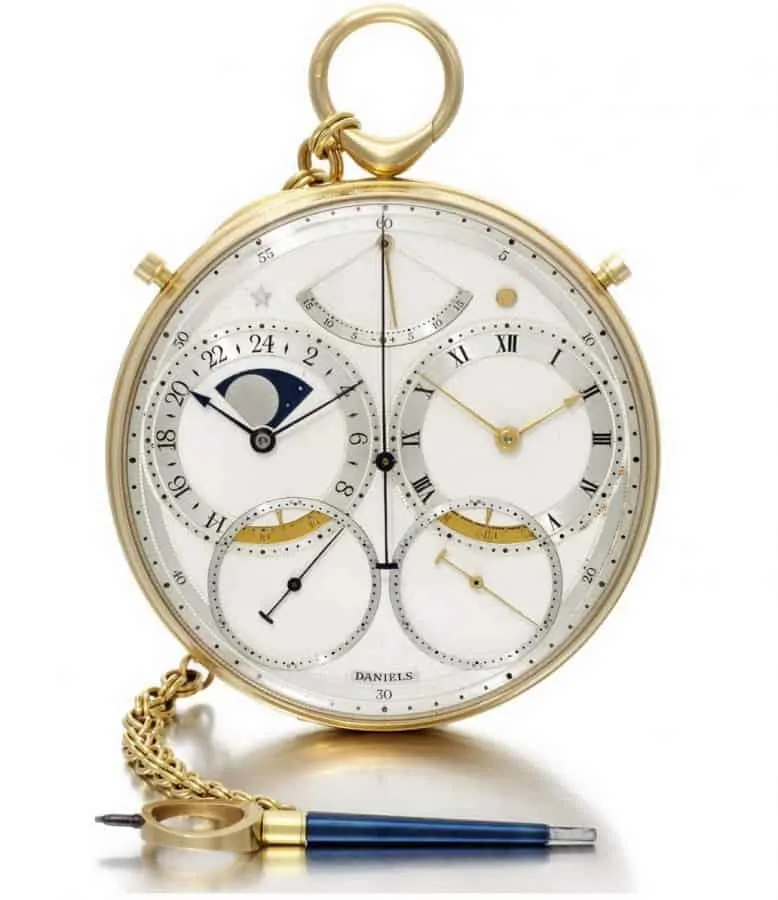
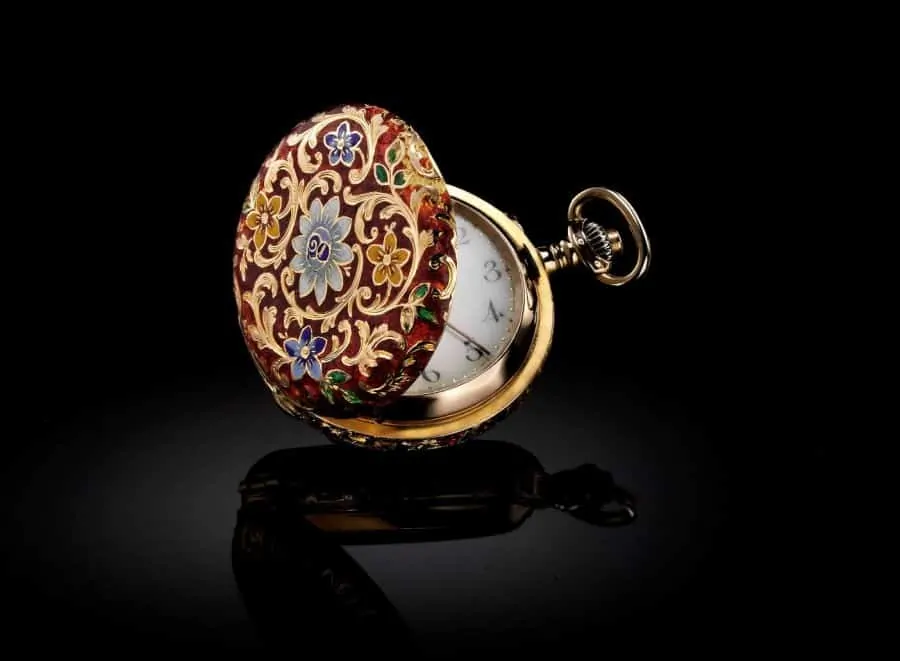
Pocket Watch Types
Traditionally, there are two types of pocket watches, although others have been created over time. It’s the “Hunter Case” and “Open Face” that have maintained popularity throughout much of horological history.
Hunter Case
The hunter case watch is a case that features a spring loaded circular lid usually made of metal. These watches were particularly useful for protecting the crystal from damage or debris. While most of these watches had solid metal covers, there was a demi-hunter model introduced which features a glass or hole in the middle of the watch so the wearer could view the time without having to actually open the watch.
Open Faced
Like an open face sandwich, this style was first introduced in 1876. There is no cover to protect the face and the pendant is usually located at the twelve hour marker with the sub dial at six. There is also another style called the sidewinder where it’s featured at the six o’clock and three o’clock markers. In addition, some watches with a conversion dial will have the winding stem at twelve with the sub dial at three.
To better understand what a pocket watch looks like from the inside and how it works, take a look at the following video.
Pocket Watch Movements
Key Wind / Key Set
Most of the early pocket watches were key wind and key set movements where an actual key was used to wind the watch. The wearer would, in most cases, open the caseback and insert the key over the winding arbor above the winding wheel or the setting arbor which was directly connected to the minute wheel.
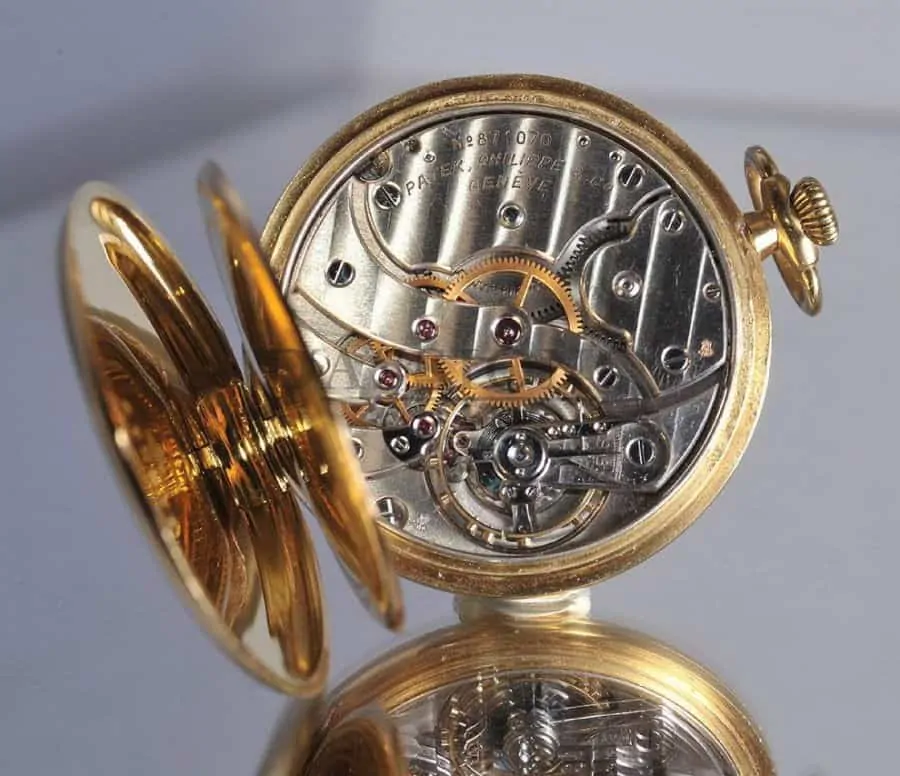
Stem Wind / Stem Set
Stem wind and stem set movements were created in 1850 by my all-time favorite watchmaker, Patek Philippe, the stem wind is exactly what it sounds like and instead of making use of a key, simply allow the wearer to wind the watch using a dial located at the stem.
Stem Wind / Lever Set
This was the standard for all railroad or conductor watches after 1908, but certainly not the most popular style of watch. The wearer would open the bezel and crystal and pull a setting level out which unlocked the stem, allowing it to be wound. Once the watch was set, the lever would be pushed back into the watch and the crystal and bezel would close over the dial. The purpose of this was to prevent accidental time change which was occasionally done using the stem wind and stem set movement.
Stem Wind / Pin Set
Slightly easier to use than the lever, the pin set movement was basically a small pin next to the stem that the wearer would push or move which allowed the time to be set.
Adjusted Pocket Watches
Many people often ask me why there is a small engraving on their watch that says “adjusted” or a variant of that. What this means is that the pocket watch has been manufactured to withstand various elements that could otherwise affect the time keeping capabilities of the watch. These adjustments were required following the Ohio train wreck and keep the watch performing at peak levels in various positions. There are eight possible adjustments with pocket watches which include dial up, dial down, pendant up, pendant down, pendant left, pendant right, temperature and isochronism which allows the watch to work regardless of the tension of the mainspring.
It’s using weight distribution and meticulous positioning that allows these adjustments to be made without affecting the time keeping functionality of the watch. The goal is to overcome gravity which can cause the movement to under or over perform based on the position of the watch and the elements it’s facing. The goal of an adjusted pocket watch was to allow the train engineer to let the watch dangle in his pocket and pull it out while standing at the bow of a speeding train without disruption to the time.
Often the adjustments were the most costly and laborious parts of watchmaking for many of the manufacturers, but because they were a requirement of the railroad, they became a standard in American watchmaking. Of course, watches adjusted to all positions were more costly than those only adjusted to three (dial up, dial down and pendant up). The railroad understood this and therefore required a minimum of five positions adjusted.
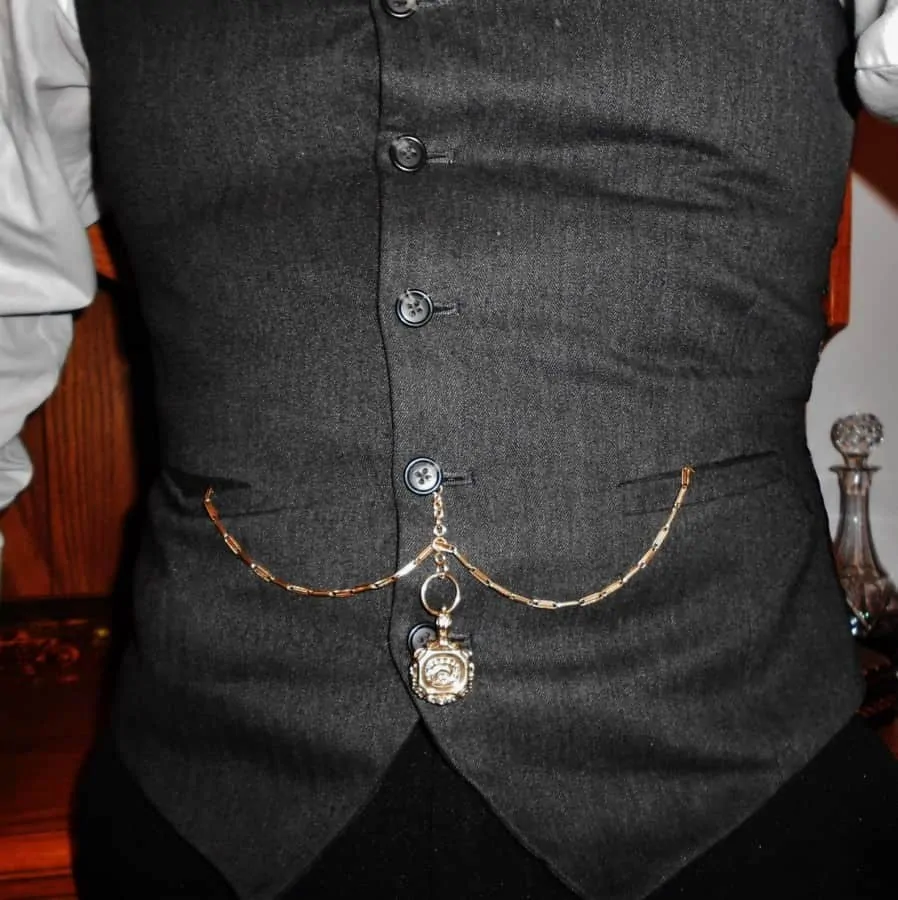
How to wear a Pocket Watch
The traditional way to wear a pocket watch is attached to a chain. The elegant way to do so is with an Albert Watch chain (scroll down to read the history of it), Sometimes you also see a single watch chain. In either case, they are traditionally attached on a vest through a specific vertical buttonhole. Nowadays, most vest do not have a watchhole because hardly anyone wears pocket watch chains anymore. Therefore, you fasten the chain in one of your vest buttonholes before you button it. More about that here.
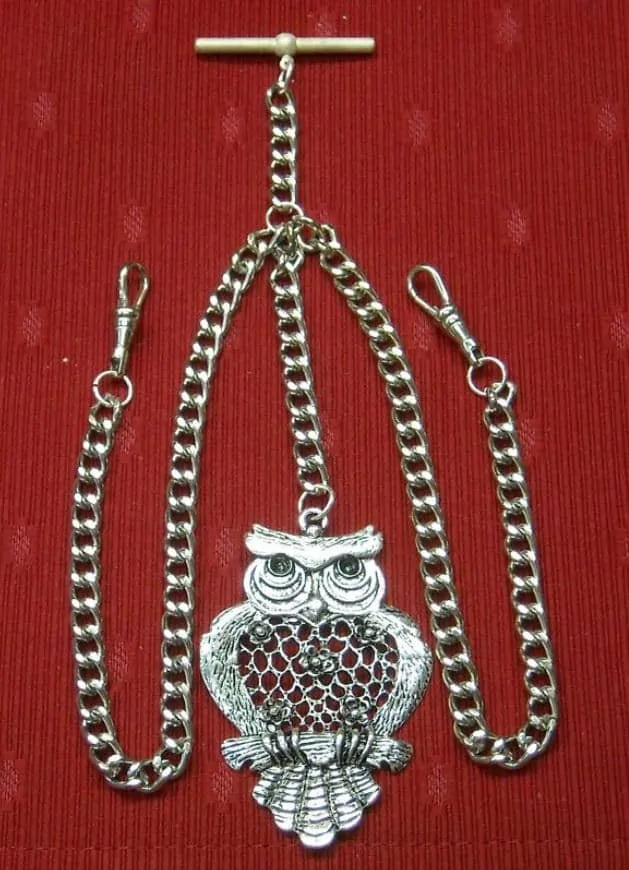
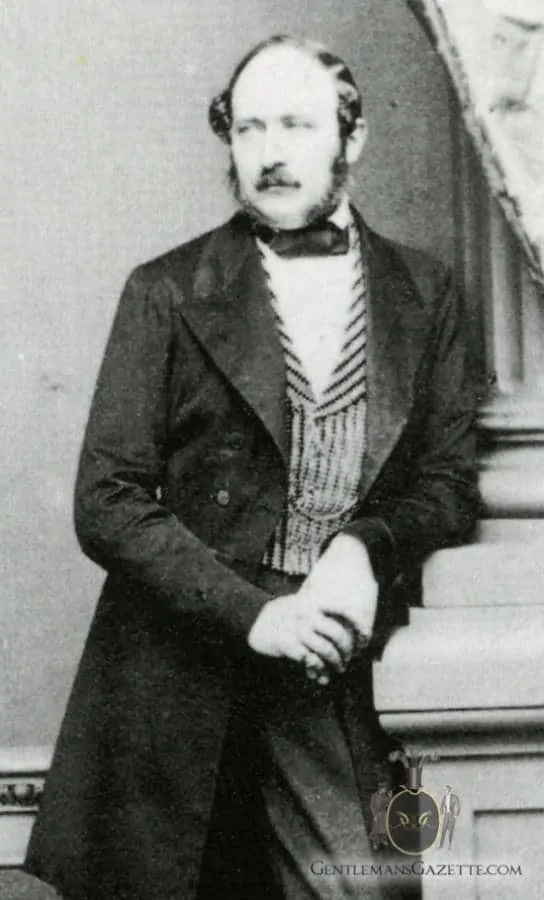
How to Buy a Pocket Watch
Please refer to our guides on Watch Buying and Vintage Watch Buying. If you are interested in a pocket watch chain, go to antique stores or look on ebay, especially in the UK and you will find many options.
Conclusion
While it’s definitely rare to see a gentleman wearing a pocket watch in today’s modern world, pocket watches still hold a certain place in most collectors hearts. The first watch to peak my interest and further my study of horology was in fact, a Waltham pocket watch handed down to me as a young teenager and even as I write this article, it sits in front of me on my desk running as perfectly as it did the day my great grandfather purchased it.
Many assume that a watch needs to be expensive or rare to captivate the attention of a horologist or collector. However, that couldn’t be further from the truth – at least in my case. In fact, for me, the most important timepieces are the ones that come with a story. They don’t need to be expensive or rare. They just need to tell a story. While wrist watches, smart phones and they new smart watches are commonplace in today’s society, they rarely come with any history unless they are expensive or rare. On the other hand, most pocket watches, especially vintage ones have a lineage and history to them that makes them rare in my opinion. For these watches have been the fly’s on the wall of many generations of men and are built with such precision and craftsmanship that they continue to work flawlessly centuries later. My particular pocket watch is almost 150 years old yet works well – on the other hand I have a wristwatch I purchased ten years ago that is nothing more than a paperweight.
While initially intended for women to wear, pocket watches have become known as the “gentleman’s timepiece”. When it may be considered inappropriate to wear a wrist watch or pull out your cellphone, you can certainly get away with wearing a pocket watch discreetly with formal wear. I obviously recommend not wearing a watch at formal events, however, for those who do need to keep track of the time, the pocket watch can be your best ally. That is of course if you use it discreetly as it is intended.
By 1943 pocket watches were pretty much obsolete. While they have seen minimal resurgence with three piece suits and formal wear, it’s become almost impossible to find a man wearing a pocket watch with his everyday attire. In fact, the few men who do are often chastised for doing so, and thus pocket watches are now considered ‘art’ rather than an accurate means to tell time. I wear my pocket watches once in awhile, but for the most part, they either sit left alone in my watch cabinet, my safety deposit box or, like my Waltham, on display at my office as a firm reminder of my family’s history and the great tradition that will hopefully continue as I hand it down to my son, and he to his.
Check out our Watch Guides!
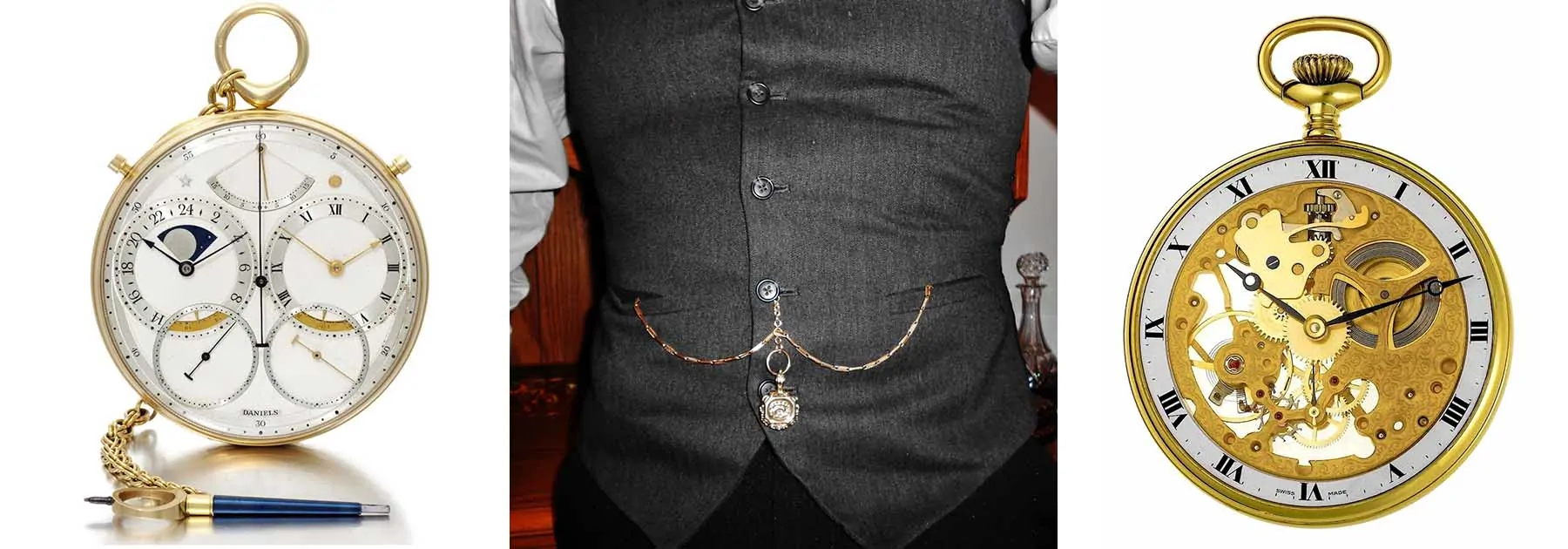
Thank you for this wonderful piece of research, I enjoyed reading it very much. Over the past few months I actually bought my two first two new pocket watches to wear them with a few 3-piece suits that I got around the same time. I have only tried on each once in public, but have got lots of turned heads and compliments from strangers. Being unhappy with the stock chains with belt clips that came with watches, I opted for a single and double albert chains. If you happen to live in the U.S., as I do, then Pocket Watch Site is one place you could look for same brand new watches that you may find in the UK for the same base price, but you won’t have to pay extra shipping, import duties, and taxes. PM Time Service is another online American company that sells new and antique watches and accessories. What I really loved about this company is that they can make you a custom chain of variable widths, length, link pattern, clasps, bars, and finishes. In this day and age, when pocket watches are nearly obsolete, at least, in regard to their primary function, it is hard to believe that somebody would offer such things.
I am sorry, in case this sounded very much like promo for these companies, but all I intended is to share my $0.02 with fellow men who are looking to bring this timeless article into their outfits. It is a shame that this wonder of horological craftsmanship is so rarely visible these days. Partly this is why I found myself spending weeks to find what I really wanted, so I hope it helps others to save some of their time.
One issue that still remains open for me are the pocket watch fobs. Right now there seem to be only antique ones left, most of which are either engraved or display an emblem of railroad, a society, or an old company that made those for its employees. I don’t feel like wearing any of those fobs because I have no connection to any of those oranizations that are defunct; and if I did wear them it would make me feel like I am just putting on a costume outfit. Nor can I call myself an antiques fan when it comes to clothing accessories, as I would go for brand new things, and put the antique ones on their honorable place on a shelf, preferrably in a nice a display case. I suppose one could always have a chain fob custom made, which would cost a small fortune, but I wonder if there is any online place where I can look at a selection of “neutral” themed fobs? I tried Ebay, Etsy, etc., but no luck.
Any help is much appreciated.